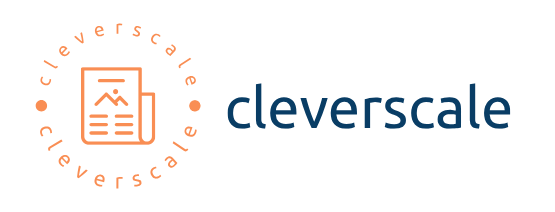
Navigating Education: Student Loans in the USA
Education is a pathway to opportunity, but for many students in the USA, financing their education involves navigating the complexities of student loans. Understanding the landscape of student loans is essential for making informed decisions about higher education and managing financial responsibilities.
Types of Student Loans
In the USA, student loans come in various forms, primarily federal and private loans. Federal loans, provided by the government, include Direct Subsidized Loans, Direct Unsubsidized Loans, and PLUS Loans. Private loans, offered by banks or other financial institutions, provide an alternative for students who may need additional funding beyond federal aid.
Federal Student Loans: Features and Benefits
Federal student loans are a common choice due to their favorable terms and borrower protections. Direct Subsidized Loans, for example, offer interest subsidies for eligible students, while Direct Unsubsidized Loans are available to a broader range of students. PLUS Loans cater to parents and graduate students. Federal loans often have fixed interest rates and flexible repayment options.
Private Student Loans: Considerations and Options
Private student loans, while offering flexibility, generally have higher interest rates compared to federal loans. They may require a credit check and may not provide the same borrower protections. Private loans become a consideration when federal aid and other resources are insufficient. It’s crucial for students to carefully compare terms and explore repayment options before opting for private loans.
Applying for Student Loans: FAFSA and Beyond
The Free Application for Federal Student Aid (FAFSA) is a critical step in accessing federal student loans and other financial aid programs. Completing the FAFSA determines eligibility for federal grants, work-study, and loans. It’s advisable for students to submit the FAFSA as early as possible to maximize their financial aid options. Additionally, private lenders may have their application processes.
Interest Rates and Repayment Terms
Understanding the interest rates and repayment terms of student loans is essential for effective financial planning. Federal student loans often have fixed interest rates, providing predictability for borrowers. Repayment typically begins after graduation or when the student drops below half-time enrollment. Private loans may have variable interest rates, and repayment terms vary among lenders.
Repayment Plans and Loan Forgiveness
Federal student loans offer various repayment plans tailored to borrowers’ financial situations. Income-Driven Repayment (IDR) plans cap monthly payments based on income and family size. Public Service Loan Forgiveness (PSLF) is a program that forgives the remaining balance for borrowers in qualifying public service jobs after 120 qualifying payments. Private loans may have different repayment and forgiveness options.
Debt Management and Financial Literacy
Managing student loan debt requires financial literacy. Students should be aware of their total loan amounts, interest rates, and repayment schedules. Budgeting and financial planning can help borrowers stay on top of their obligations. Additionally, exploring resources on financial literacy can empower students to make informed decisions about their educational investments.
Challenges and Considerations
While student loans provide access to education, they also come with challenges. High levels of student debt can impact individuals’ financial well-being for years. Students should carefully consider the return on investment for their chosen educational path and explore alternative funding sources to minimize reliance on loans.
Support and Resources for Borrowers
Borrowers facing challenges with student loans can access support and resources. Loan servicers, often assigned by the Department of Education, assist borrowers with repayment plans and offer guidance. Additionally, financial counseling services and resources from educational institutions can provide valuable insights and assistance for managing student loan debt.
Planning for the Future: Education and Beyond
To explore further information on USA student loans and plan for educational financing, visit USA Student Loans. Navigating the landscape of student loans requires careful consideration and proactive planning. By understanding the types of loans, repayment options, and financial literacy, students can embark on their educational journey with confidence and set the stage for a successful future.
In conclusion, student loans play a significant role in making higher education accessible for many students in the USA. However, informed decision-making is crucial to managing the financial implications of these loans successfully. By understanding the types of loans available, their features, and planning for repayment, students can navigate the complexities of student loans while pursuing their educational goals.



